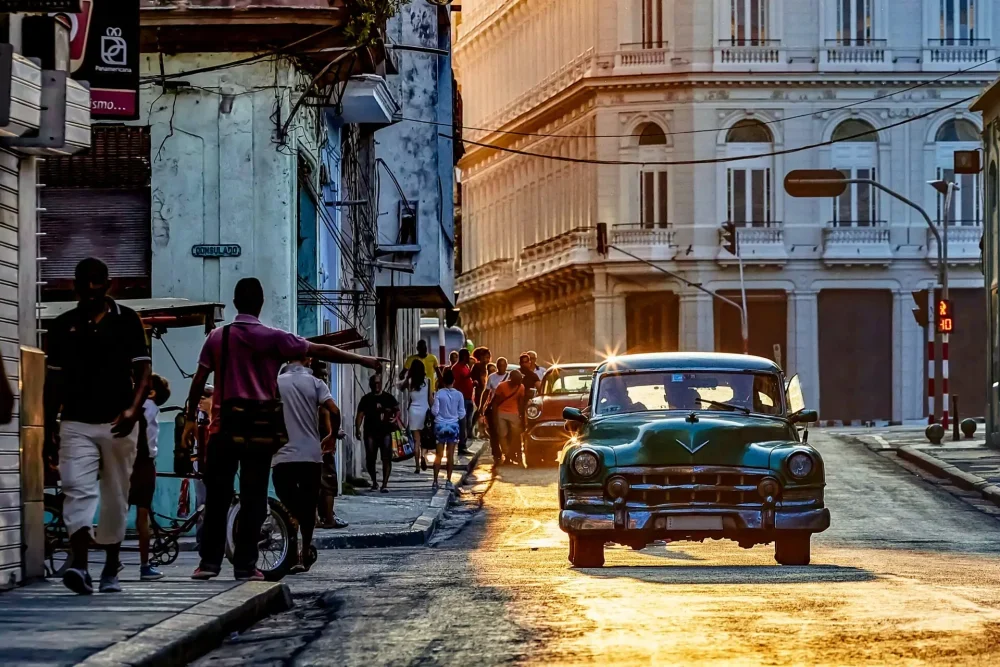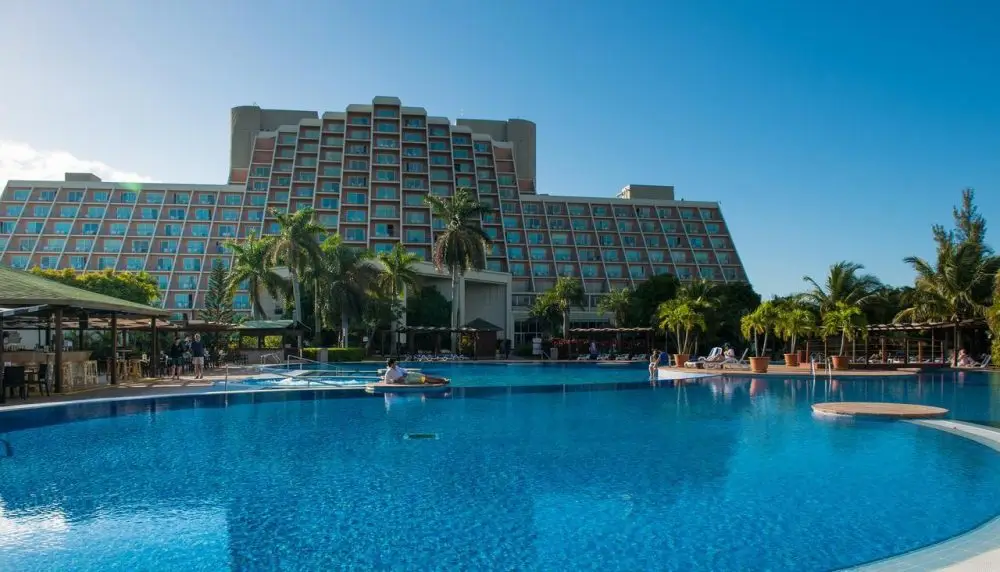Air travel is not a tourist trip or a residential move. Rules dictate the dimensions, weight, composition, and even the consistency of the contents. Mistakes mean losing money and extra nerves. Skillful baggage planning minimizes expenses, speeds up check-in, and eliminates delays during boarding. The main thing is to understand exactly what can be taken in carry-on luggage on the plane and where the permissible limit ends.
What can be taken in carry-on luggage on the plane: the rule of three steps
Clear preparation eliminates unnecessary expenses and stress during check-in. The action algorithm is simple but requires attention to detail. An error in one point can result in a delay and additional payment on the spot.

How to pack your luggage:
- Check the dimensions against the carrier’s tariff on the airline’s website. Different classes have different conditions. There is no universal format – even a difference of a centimeter can incur a fee.
- Check the weight at home using household scales. For control, use shoulder baggage scales to avoid disputes at the gate.
- Leave controversial items in checked baggage. Liquids, scissors, and packaged food are better off in the main compartment. Ensure tightness, especially on international flights where customs can confiscate even yogurt.
Knowledge of the regulations reduces preparation time and helps pass security screening without extra questions. Following the three steps increases the chances of a smooth flight within the requirements.
Dimensions and weight of carry-on luggage
European low-cost carriers like Ryanair and Wizz Air limit the dimensions of carry-on baggage to 40×30×20 cm – the size of an average backpack. Classic airlines, including Lufthansa and Turkish Airlines, increase the allowance to 55×40×23 cm. The key is to adhere to the size of carry-on luggage, otherwise, you will have to pay for excess baggage.
The maximum weight varies: 5 kg for strict airlines (e.g., “Pobeda”), up to 10–12 kg for more lenient ones (“Aeroflot,” Emirates). Exceeding the limit means a hundred percent payment for the baggage, and in some cases, return to the check-in counter.
For business class, many carriers allow two units: a bag and a suitcase, not exceeding a combined weight of 15 kg.
What can and cannot be taken in carry-on luggage on the plane
Each airline publishes its own requirements for carry-on luggage, but the essence always boils down to one thing: safety, compactness, and quick screening. For most international flights, the following items are allowed:
- small electronic devices (laptops, tablets, smartphones);
- medications confirmed by prescription or packaging;
- baby essentials – diapers, formula, bottles (not requiring separate inspection);
- valuables – documents, money, jewelry;
- liquids in carry-on luggage – up to 100 ml per container, not exceeding one liter per passenger, in a transparent bag.
Prohibited items in carry-on luggage: weapons, explosives, aerosols, sports bats and sticks, knives of any length, sharp objects. On a domestic flight, one passenger tried to carry a set of screwdrivers – the consequences were not only administrative but also financial: confiscation + fine.
Pre-boarding check: what definitely won’t pass security
Security check starts before boarding. Security personnel inspect the contents of bags, including opaque packaging. Drinks, aerosols, canned goods, and items causing suspicion are immediately flagged.
Screening detects attempts to carry prohibited substances, sharp objects, unpackaged liquids. In case of violation, mandatory disposal, plus potential delay. In practice, passengers most often lose water, creams, nail polishes, and manicure scissors during screening.
Tariff restrictions: what’s included in the ticket
The permitted list and volumes depend on the fare. Budget classes (Light, Promo) include only carry-on luggage on the plane, without the right to carry additional items. Full fares allow one additional item: a bag, backpack, or case with electronics.
Neglecting the fare conditions leads to surprises at check-in – a fine for excess, the need to purchase space in the baggage compartment, or early repacking of contents right at the counter.
Connecting flight route: baggage pitfalls
On connecting flights, the requirements of the airline operating the first segment of the route apply. Transfers between terminals are often accompanied by additional screening, increasing the risk of confiscating items, even if they passed screening at the previous stage.
Excess baggage fees start from €25 and can reach €60 per item. Minimal carelessness turns an economical flight into a loss-making journey.
How to save money and stay within limits
Pre-studied restrictions and precise measurements of baggage prevent conflicts at check-in and save money. Instead of a large suitcase, opt for a compact backpack that easily fits into the sizer. Instead of a dozen jars, choose a set of travel-sized products.
Transport valuable items, electronics, and documents only in the cabin. Even with free gate-checking of bags, items can be damaged – careless handling of baggage is often reported in airports in London, Dubai, and Istanbul.
Mistakes during screening: statistics and reality
Airports daily detain hundreds of pieces of carry-on luggage due to exceeding dimensions or prohibited contents. In 2024, Sheremetyevo recorded 2,137 cases of confiscating liquids exceeding the permissible volume. Over 700 passengers at Domodedovo attempted to carry household chemicals prohibited for transport.
Increased cases of improper packaging of liquids in carry-on luggage led to additional screening for all flights passing through London. According to statistics, 12% of tourists forget to remove scissors, bottle openers, jars of pâté – all of which are prohibited.
Every third passenger loses money on excess baggage fees. The main reason is inattention to weight parameters, fares, and ticket wordings.
What can be taken in carry-on luggage on the plane: a specific list
The choice of baggage content determines comfort, speed of passing security, and safety. Thoughtfully selected items eliminate delays and reduce the likelihood of additional screening.
Permitted items for carry-on transport:

- Electronics: smartphone, laptop, power bank (up to 100 Wh), chargers.
- Medications: drops, tablets, inhalers, syringes with a prescription or medical document.
- Baby products: food in jars, purees, pacifiers, wipes.
- Documents and valuables: passports, tickets, cash, cards, keys.
- Liquids: perfume, lotion, gel, toothpaste up to 100 ml.
- Gadgets: headphones, consoles, reading devices.
- Mini-sports: foldable yoga mat, fitness bands (without metal inserts).
Adhering to the list allows for quick security screening without losses. The priority is functionality and compliance with the airline’s regulations.
What can be taken in carry-on luggage on the plane: conclusions
A competent approach to packing luggage saves time, nerves, and resources. Clear understanding of what can be taken in carry-on luggage on the plane eliminates risks during screening, speeds up boarding, prevents conflicts with staff. No compromises on safety, minimal surprises – only calculation, precision, and knowledge of regulations.
 en
en  ar
ar  de
de  es
es  fr
fr  nl
nl  hi
hi  it
it  pt
pt  el
el 



